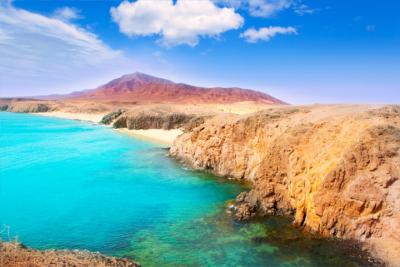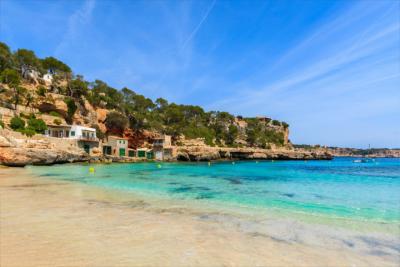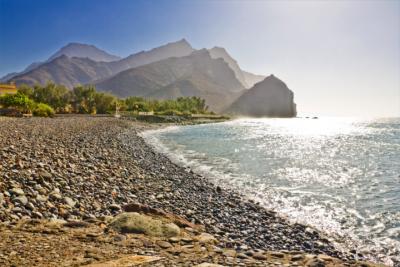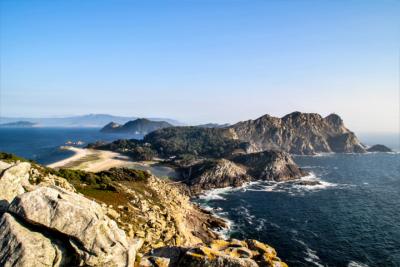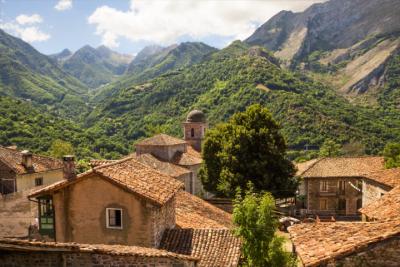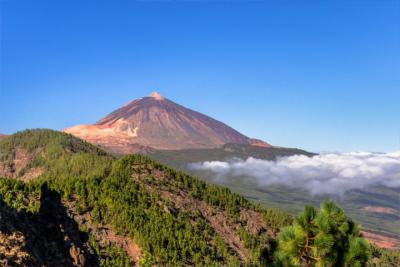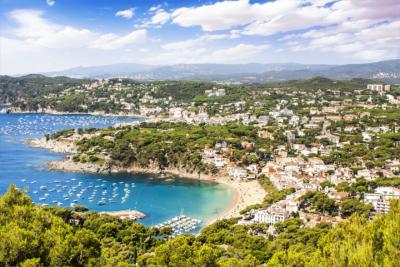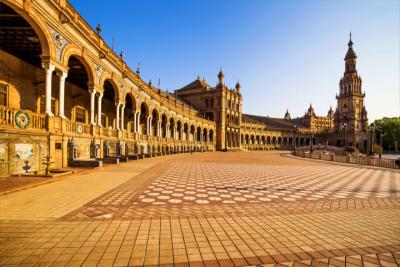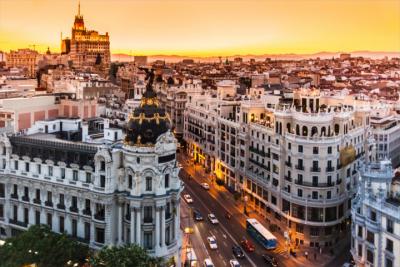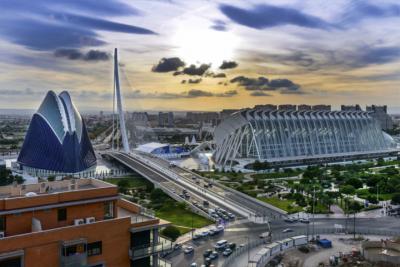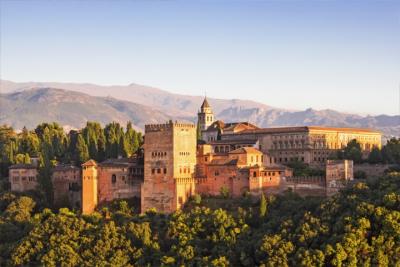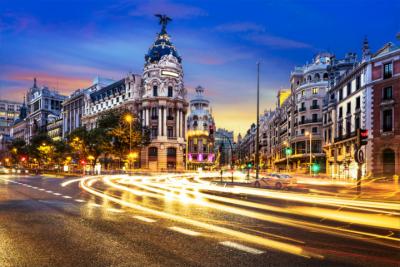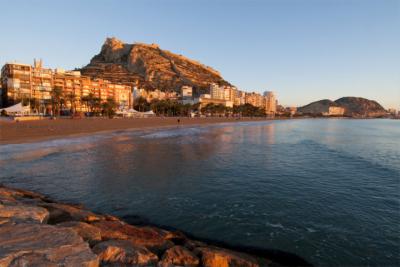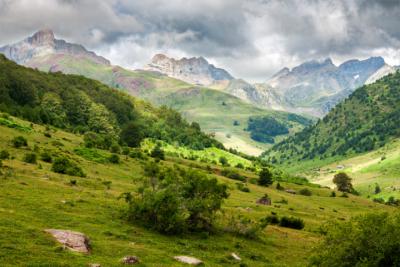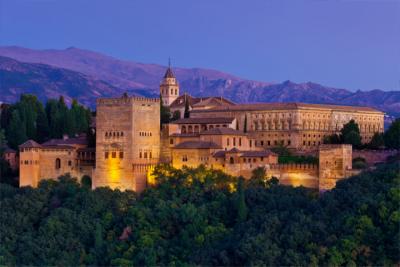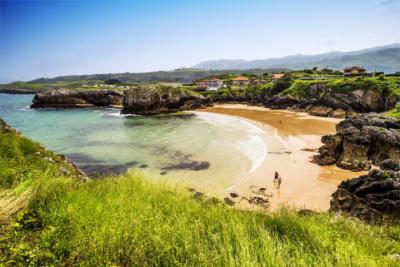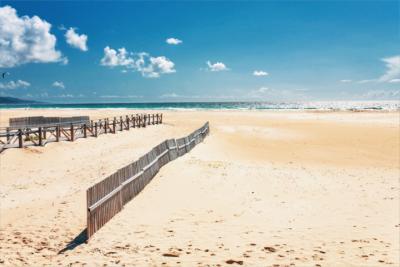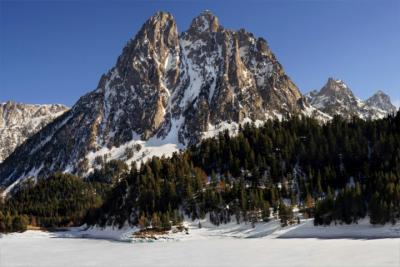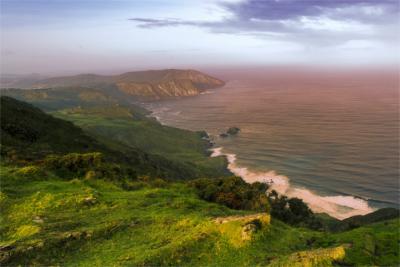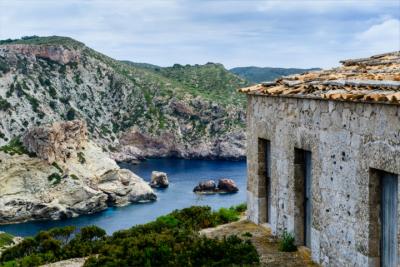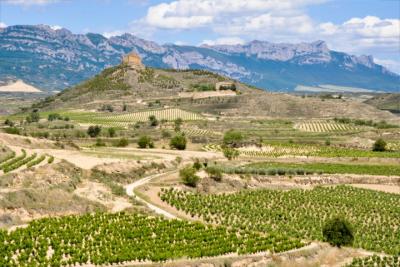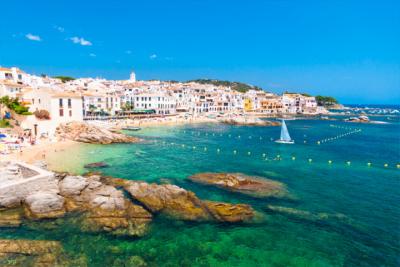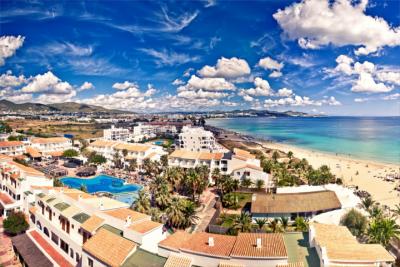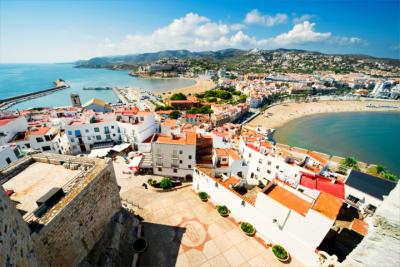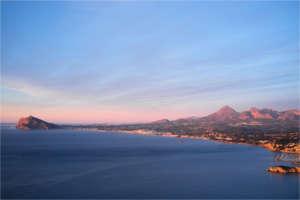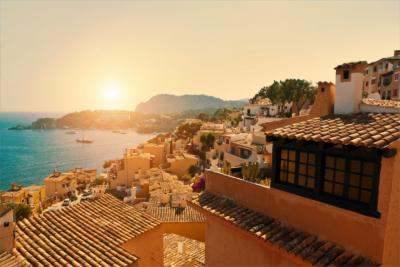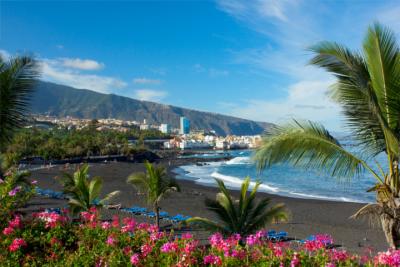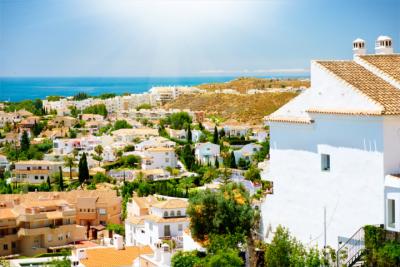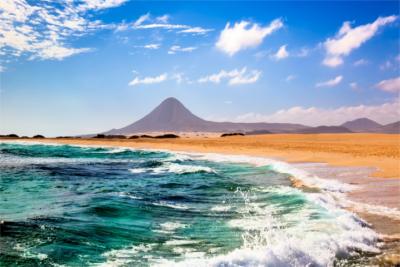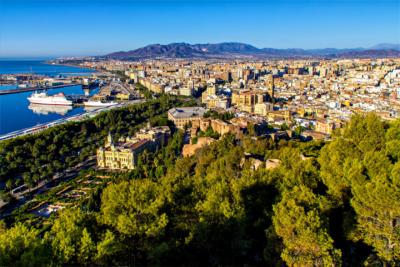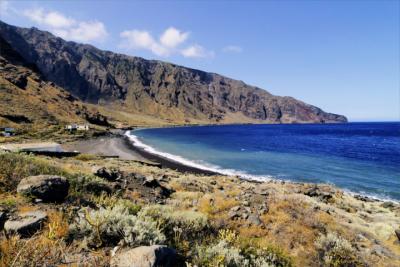Travel Offers
Travelmyne Featureprint
Distance
Cantabria - Spain's Green Gem
Cantabria offers deserted sandy beaches and dunes, rocky coasts and a breathtaking mountain landscape. Travellers who do not only want to lie at the beach but also want to experience nature at first hand are in good hands in this Spanish region.

Geography - Maritime and humid climate
Cantabria is one of Spain's 17 autonomous communities and lies in the north of the country at the Cantabrian Sea. It is one of the smallest Spanish regions with an area of 5,250 km² and consists of only one province of the same name. Cantabria's neighbouring regions are the Basque Country in the east, Asturias in the west and Castile and León in the south. The region is very mountainous. The Cantabrian Mountains, which extend over Asturias and Castilie-León as well, show altitude differences of up to 2,000 metres to the coast. Their highest mountain is the Torre de Cerredo with 2,648 metres. Due to the position at the Bay of Biscay, the climate in Cantabria is maritime and humid. Cool summers and mild winters are typical of the region. However, there are climatic differences between the coastal and mountainous landscapes. While it is mild to warm near the coast, temperatures can fall below 0 °C in autumn and winter in the higher regions and snowfall may occur. Cantabria is one of the regions with the highest precipitation in Spain.

Nature - When the coast and the mountains meet
Cantabria's landscape is divided into two parts. On the one hand, there are higher regions with mountains, which are covered in snow, green valleys, meadows and fields. One the other you find coastal areas with magical, white sandy beaches and small bays. Cantabria's coast with the Cape Mayor and the Cabo del Ajo is characterised by steep cliffs and long dunes. Travellers can see these in the Dunas de Liencres Natural Park (15 km away from the capital Santander), for example. The transition from the coastal to the mountainous region happens relatively fast because the green meadows and hills almost extend to the sea. In general, there is no other Spanish community in which the sea and the mountains are so close together. The region's heartland is dominated by the Cantabrian Mountains and the Picos de Europa National Park, in which you find Cantabria's highest peak, the Torre de Cerredo (2,648 m). This national park was declared a biosphere reserve by the UNESCO as it does not only contain the greatest Spanish forests (oak and beech forests) but also many endangered species of animals such as the northern Spanish brown bear, eagles and wolves. Altogether a third of Cantabria's area is protected, which is why driving by car is prohibited in some regions. Holidaymakers can, however, enjoy and explore the pure nature on ,well-developed hiking trails. A special natural attraction is the Pico de tres Mares in the Cantabrian Mountains. On its peak you have an extraordinary view of the Douro, the Ebro as well as the Bay of Biscay, which issue into the Mediterranean as well as into the Cantabrian Sea.

Culture - Cave paintings and medieval towns
In ancient times, Cantabria was settled by the tribe of the Cantabri, which gave the region its name. It is claimed that this tribe was headed by women. The Cantabrians were ousted by the western Goths in the Migration period. When the Iberian Peninsula was conquered by the Moors in the 8th century, Cantabria and Asturias resisted successfully and escaped the Arab rule. The remote position and the cover of the mountains benefited the Cantabrian population and constituted a great starting point for the reconquest (Reconquista) of the Moorish regions by the Christians. Cantabria looks back on over 15,000 years of cultural history. A special and famous testimony of bygone times are the cave paintings in the Cave of Altamira (Cuevas de Altamira) from 18000 to 13000 BC. It is also called "Sistine Chapel of Palaeolithic Art" and is part of the World Cultural Heritage of the UNESCO. A small girl discovered paintings of animals such as bisons, hinds, horses and boars in the cave, which was owned by her father, in 1879. The authenticity of the paintings, however, could only be proved in the 20th century. Unfortunately, you can only see a reproduction of the cave today as the warm breath of the visitors damaged the paintings. Worthwhile places in Cantabria are the capital Santander, Torrelavega and the scenic small town Santillana del Mar from the 5th century with its enchanting medieval old town. You can see different styles of architecture, old trading and half-timbered houses as well as churches and palaces from the last centuries on your walk through the narrow alleys. The whole town is under monumental protection and a popular stopping point on the northern Way of St. James (camino del norte). The monastery Santo Toribio de Liébana and the ruins of the Roman town Juliobriga are other Cantabrian attractions which are worth seeing.

Experience - Fish stew and cheese
The Cantabrian cuisine is known for stew, beef and fish dishes. Popular delicacies are the bean stew cocido montanés with pork, white beans and cabbage, which originated in the mountains, and the fish stew marmite. This "national dish" is made of tuna, potatoes, green peppers and onions. Meals are often ended with a nice piece of regionally produced cheese (Queso de Cantabria, Picón Bejes-Treviso, Quesucos de Liébana). Cheese is generally a speciality in Cantabria. The extraordinary quality of Cantabrian milk as well as the careful ripening process are the reasons for the strong taste of this Cantabrian dairy product. Besides culinary specialities, Cantabria is famous for its woodwork and ceramic ware. Visitors can still see and buy old pieces of art with unique motives and rosettes in several towns. There are many local celebrations in Cantabria throughout the year because the community has a variety of patrons and saints who are honoured regularly. Famous festivals, which are known across the region's borders, are the flower parade (Batalla de Flores) in Laredo, the Folia in San Vincente de La Barquera and the Cantabrian Day in Cabezon de la Sal.

Activities - Hiking, swimming or skiing holidays
Cantabria is a great destination for holidaymakers who do not want to spend all their time at the beach but want to be active in nature. Hiking, mountaineering, mountain biking, horseback riding, sailing, surfing, diving, rafting, kayaking or fly-fishing are only a few of the numerous activities you can do in this region. However, beachgoers do not go short either. The coast accommodates over 60 wonderful sandy beaches, which are rarely crowded. True dream beaches are the Playa de la Valdarenas, the beach of Oyambre or the Playa de Berellin. The Picos de Europa offer great conditions for winter sports. The skiing area Alto Campoo, for example, allures a vast number of winter sports fans every year.

Information
Cantabria's main airport, which is operated by airlines like Ryanair and Iberia, is only a few kilometres away from the capital Santander. Travellers starting in Madrid can arrive by car using the Spanish motorway Autovia de Cantabrico. In addition, the Spanish railway company RENFE offers high-speed train rides to Cantabira.
Holidays in Cantabria are the right choice for lovers of nature and individualists. With its empty beaches, deserted bays and cliffs as well as its calm mountains, Cantabria is the perfect destination for travellers who are looking for a retreat and relaxation.





